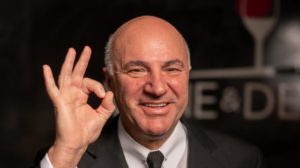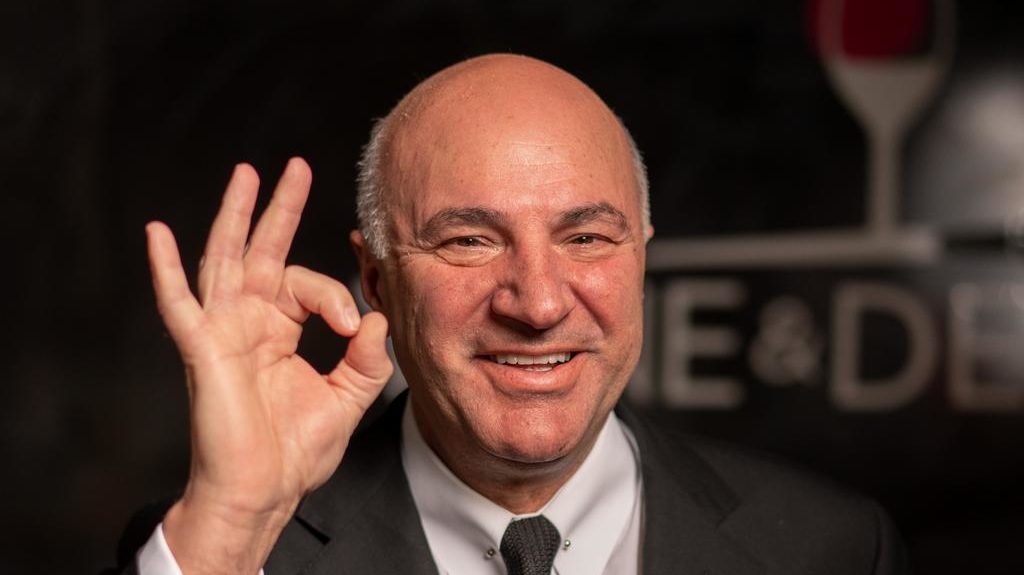Article originally published in the Philadelphia Business Journal on May 10, 2021.
As a CEO, I learned a valuable lesson when setting the annual earnings goal for my company: Under-promise and over-perform.
In January 2015, I wrote a column on this subject headlined, “Setting credible and realistic goals can drive your financial performance.” This is an update of that column.
My approach to annual goal setting was endorsed by Shark Tank star Kevin O’Leary in a March 2018 CNBC article in which he states, “When you meet your goals 95 percent of the time, you change the culture of your business. People feel they’re working in a winning organization.”

As a mid-level leader at my company, I lived through many years of the CEO setting what nearly everyone felt was an unrealistically high annual corporate earnings stretch goal. Month-after-month, as we started to lag behind the goal, costs were cut in a losing effort to try to close the performance gap between the actual result and the goal.
The annual capital budget was dependent on the annual earnings goal. When earnings performance fell short of goal, the capital budget was cut, impacting investments needed to grow the company. Stretch goals are appropriate in many areas, but not for the annual earnings goal.
Cuts in operating expenses and the capital budget were debilitating to the organization and took a toll on morale.
Quarterly board meetings were longer when we were running behind our annual earnings goal due to the need to explain in detail why we were falling short. We over-promised and under-performed our earnings commitment to the board. There had to be a better way.
When I was named CEO of the company, we changed our annual earnings goal-setting paradigm. We set business unit and corporate earnings goals with a realistic chance of achieving them. Upside potentials were better balanced against downside risks. As the CEO, if I felt that the annual earnings goals of our five global business units totaled to a number that had a low probability of achievement, I lowered that number by subtracting a president’s reserve, and that was the earnings goal I presented to the board.
The objective for our five global business units was not only to achieve their earnings goals, but to blow through them to the greatest extent possible and have fun doing it. We changed the bonus plan to significantly reward earnings performance above goal.
The morale changed significantly within the company. Instead of a debilitating atmosphere in which we lagged our earnings goal during the year, employees took pleasure in tracking above goal performance each month and quarter.
Board meetings were shorter. I didn’t need to take as much time explaining our earnings performance above goal compared to when we were lagging behind the goal.
After being on a plateau for three years before I was named as CEO, annual earnings grew over five years from $14 million (adjusted for an adverse competitive situation) to $43 million during a time period that included the steep recession of 2002. We didn’t have a down quarter during this recession. Our company moved from a fourth quartile performer to a first quartile performer compared to 17 public company peers. Setting realistic goals was not the only reason for our earnings performance, but it was a major factor.
I was once accused by a board member of sandbagging our annual earnings goal because we always exceeded it. I said to him that the goal is a number that is not known to our shareholders. All they care about is the magnitude by which we were growing year-over-year earnings, and our goal-setting process was accomplishing what they wanted.
CEOs, under-promise and over-perform, with the objective of blowing through your annual earnings goal to the greatest extent possible, and reward your people for doing so. It will ignite your employees to go beyond that which they would normally achieve.
Stan Silverman is founder and CEO of Silverman Leadership and author of “Be Different! The Key to Business and Career Success.” He is also a speaker, advisor and widely read nationally syndicated columnist on leadership, entrepreneurship and corporate governance. He can be reached at Stan@SilvermanLeadership.com.

